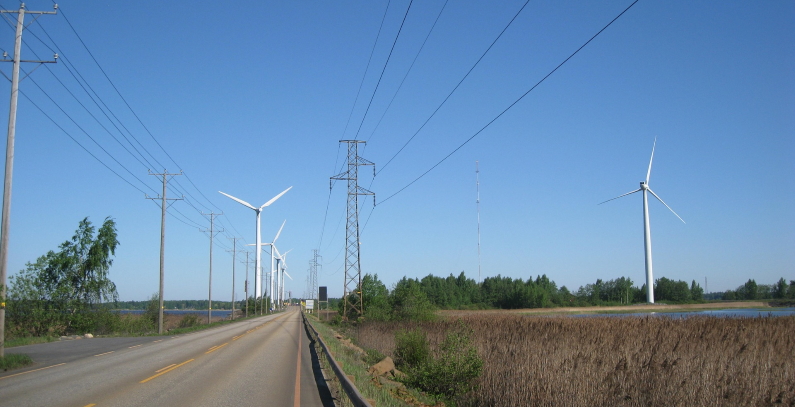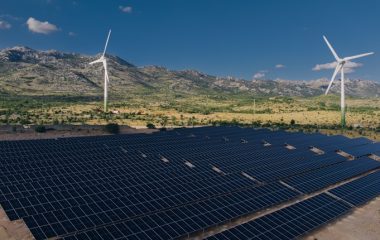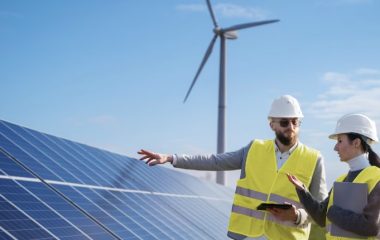
Photo: Letgo1 from Pixabay
Fatih Birol, head of the International Energy Agency, said the lockdowns due to the coronavirus outbreak are a stress test for power grids and the entire system. In his view, the disruptions amid the COVID-19 pandemic point to the future role of renewables in balancing.
Electrical energy is crucial for modern society, the International Energy Agency’s (IEA) Executive Director Fatih Birol warned in a commentary. Especially against the backdrop of the current coronavirus crisis throughout the world, where we need power is needed for medical equipment and the information flow, challenges for the system’s balance have arisen, he asserted. The disruption and the drop in electricity demand caused by COVID-19 revealed the picture of one decade into the future, when the share of renewables would be much higher amid rising investment, Birol estimated.
People are working online at home, ordering goods and services and streaming content, the official added, pointing to technology’s increasing dependence on power.
Cables, decentralized storage to become more significant
“Electricity networks are far more vulnerable than pipelines to extreme weather – a vital consideration for policymakers as they plan for increasingly electrified energy systems. The long-term task is to make networks tougher by investing in underground cables and decentralized storage – and by designing network layouts that are resilient to emergency situations such as hurricanes and floods,” he stated.
Demand has abruptly decreased by 15% with the lockdowns in numerous countries to slow the spread of COVID-19, which in turn pushed higher the share of renewable energy sources, Birol said. “Some of these economies, such as Spain and California, are among those with the highest shares of wind and solar electricity generation in the world. If electricity demand falls quickly while weather conditions remain the same, the share of variable renewables like wind and solar can become higher than normal,” in his words.
Digitalization opens opportunities
As evident from the COVID-19 shock, the IEA’s chief explained, renewables and especially wind and photovoltaics can also provide flexibility and “systems will increasingly rely on them to do so.” Namely, as blackouts can easily occur when demand falls, these systems need to maintain flexibility in order to be able to ramp up other sources of generation quickly when the pattern of supply shifts, such as when the sun sets, he said.
“Under normal circumstances, large-scale electricity consumers such as factories can adjust their usage to help balance the system, but that option is hardly open today… Hydropower, an often forgotten workhorse of electricity generation, remains an essential source of flexibility,” Birol underscored and also pointed to the role of gas-fueled power plants and nuclear power in maintaining the balance.
Another important point is the aging transmission infrastructure in Europe and North America, he said. In time, electricity generation from renewables may no longer simply follow the weather but will have to be managed in an intelligent way in order to reduce costs and improve electricity security, Birol suggested. He called on boosting protection against cyberattacks as digitalization expands.
Italy, France, Spain have biggest demand drop in Europe
Of note, Ember, a think tank focusing on climate and energy transition in the electricity sector, has measured a drop of 2% to 7% in demand for last week in every country in Europe that it tracks. The data is adjusted to exclude the effect of changes in temperature.
Italy, France and Spain had the biggest declines amid the coronavirus pandemic. As for the region covered by Balkan Green Energy News, Romania led with a weakening of 5%. Demand decreased 4% in Bulgaria and Croatia and 2% in Greece.


















Be the first one to comment on this article.